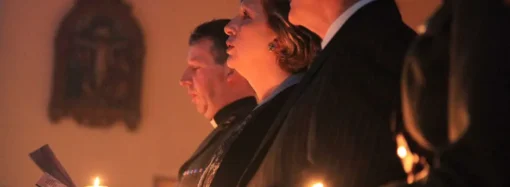This week in the New York Times, Sharon Otterman wrote a eulogy for a dying piece of playground fun: the seesaw.
As Otterman explains, there used to be a seesaw in every playground:
“Charity associations gave seesaw demonstrations when playgrounds were introduced at the turn of the twentieth century. They were standard fixtures in the more than 600 playgrounds constructed between 1934 and 1960 under the direction of Robert Moses, along with monkey bars, sandboxes and slides, according to the city parks department.”
The creation of public playgrounds with seesaws and other assorted equipment in the twentieth century was a welcome (and successful) effort to offer city kids the chance to play outside. In our current age of extreme anxiety, bubble-wrapped childhood and litigiousness, however, many seesaws have been removed from playgrounds in New York City for fear of causing harm. We have an extremely low (practically nonexistent) tolerance for risk to kids; as a result, play equipment like seesaws and merry-go-rounds are becoming increasingly rare.
The decline of the seesaw and other more challenging equipment is happening across the country. Why? Legal and regulatory reformers Philip K. Howard and Bob Dorigo Jones note that much of the decline of seesaws is due to threats of litigation. As the Times story notes:
“Federal safety guidelines for playgrounds, which were created in 1981, began to limit their use. The older seesaws were wooden planks that often hit asphalt directly, leading to occasional tailbone and spinal injuries, falls and pinched fingers, not to mention splinters. Children could slam each other by dismounting suddenly. Playgrounds that retained old seesaws were exposed to lawsuits.”
And yet, there is real value to children who play on a seesaw. “Seesaws are excellent at encouraging collaborative play and patience, as they require coordination and balance between two different children to work. Core upper body strength and lower body strength are developed as a child moves the seesaw up and down,” the folks at School Outfitters explain. Kids can gain essential understanding of the mechanics of fulcrums by playing on a seesaw, as How Things Work author David Macaulay has noted. And Stephen Wills, the author of Power through Collaboration loves what a seesaw can teach. As Wills explains:
“When children synchronized their upward and downward efforts, the up-and-down seesaw motion was magnified and both players got an energetic and exhilarating ride. It was a very early lesson about the benefits of collaboration. The more we collaborated, the more fun and excitement we had. Interestingly, the synchronization of efforts emerged with little verbal input or planning, except the very reinforcing ‘wow’ and ‘whee’ and ‘whoopee!”
Let’s not overstate things, however; the childhood seesaw is not the perfect answer to the complex tension between our collective desire to raise healthy and happy children and our equally pressing concerns over safety and avoiding injury and costly lawsuits. Retrofitting playgrounds across the country with seesaws won’t vanquish the beast of overprotective parenting. Indeed, the point of Otterman’s eulogy isn’t to argue for such a thing given the “serious” safety concerns about “traditional” seesaws. If seesaws were to come back to the neighborhood playground they’d likely be designed to suit our protective age, with rubber mats to cushion falls and some sort of padding to protect children’s backsides from bruising.
But eulogies for the traditional seesaw raise an important point: seemingly progressive, corrective measures like removing seesaws have backfired. Far too many playgrounds today are boring because the adults who plan them have tried to eliminate all of the risks of free play, forgetting that it is the riskiness of play that is so appealing (and beneficial) to children. We have erred on the side of overprotection and our kids are paying the price. The answer isn’t necessarily to demand the return of the old-fashioned seesaw; the answer is to work together to establish a new normal for childhood play that still allows kids to take some risks when they play.
—
This blog post has been reproduced with the permission of Acculturated. The original blog post can be found here. The views expressed by the author and Acculturated are not necessarily endorsed by this organization and are simply provided as food for thought from Intellectual Takeout.
Image Credit: BiblioArchives/Library Archives bit.ly/1ryPA8o
















Leave a Comment
Your email address will not be published. Required fields are marked with *